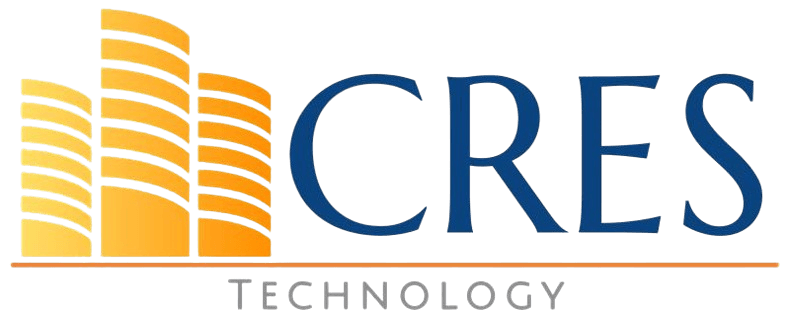
Decisions, decisions, decisions! We face them every day and in everything we do. When faced with a decision, the logical thing to do is to rely on facts. But very often, people tend to rely on their emotions – the proverbial “gut instinct”. However, when it comes to software solutions for managing your business, organizations need to use a logical facts-based approach towards “Build versus Buy”. One of the biggest distinctions is to determine whether to buy or build a software solution. When faced with this choice, the key factors to consider are business requirements, competitive advantage, time, cost, maintenance, evolution, compatibility, and flexibility.
The Build versus Buy decision making process
One of the key questions in this regard is how to go about performing this exercise. You may choose a fancy software selection and evaluation tool like Wayferry or simply perform an Excel based analysis to compare your needs to your product’s capabilities. The following are our recommendations for this decision-making process.
Gathering and Weighing Requirements

First, put together an itemized list of your business requirements. Once your requirements list is complete, assign each item a degree of importance either by numerical scale or categorically (such as critical, high, medium or low). It’s important to conduct this exercise carefully in consultation with stakeholders in order to develop a meaningful requirements profile for the solution you need. If you are going to send an RFP to vendors, you may include this profile in your RFP.
Performing Gap Analysis
Review product demos with your vendors, while making sure you include all key stakeholders in those demos. Using your requirements profile, measure available software products against your requirements. The product gaps may become obvious as you review and rate each product against your requirements. Interview your preferred product vendors to determine if their product is flexible enough to accommodate those gaps via configuration or customization. Be open to consider supplementary products that could bridge the gaps in your existing systems, if it can be done seamlessly.
Build versus Buy Analysis
Once you have performed the above-mentioned analysis, a clear leader may emerge among the list of available products. Now it’s time to make a Build vs Buy decision. During this phase, focus on the following questions:
- Does your business achieve a competitive advantage with a custom-built application? The answer may be affirmative only if available products fall far short of your industry’s requirements.
- How confident are you that your custom application could fully accomplish business requirements? The answer to this question depends on whether your organization has the qualified internal development resources or whether you can work with a qualified external software development firm.
- How confident are you that you would be able to develop this product on time and within budget? Most sophisticated software vendors develop their products with years of research and development effort, and those products improve over time with feedback from customers. Developing a sophisticated custom application needs to pass a rigorous quality assurance process, requiring significant participation from end users. The reality is that unless the scope of a custom application is tightly defined and controlled, such initiatives frequently go over budget and miss deadlines.
- Would your custom application be flexible, compatible and integrate with other systems your organization may use? In today’s connected world, it is more critical than ever to build applications that are easily configurable and suitable for integration with other systems. An application that restricts these abilities is not only going to cause frustrations, but also become obsolete relatively quickly.
- Would you be able to maintain and evolve your custom application? If your custom application is developed internally by your IT staff, staff members often move on to greener pastures. Unless you can afford a dedicated development team, use caution when making the decision to build custom applications.
Simplified Decision Matrix
The decision matrix below can be useful as a general guide for you to decide whether to build or buy the required system. You may choose the option where more statements are true. If both options are equal in applicable statements, then you may want to go with Buy anyway. Use more detailed analysis as suggested above, if you’re not sure.
| Build | Buy |
|---|---|
| Custom build has competitive advantage | Custom build has no competitive advantage |
| Custom build can meet all key requirements | Off-the-shelf product can meet all key requirements |
| High confidence in your ability to build on time and on budget | Budgetary constraints indicate risk in custom build |
| High confidence in your ability to build an agile system that could integrate with other systems | Off-the-shelf product has connectors available for other systems you may use |
| High confidence your organization can evolve and maintain custom build | High confidence the vendor will continue to evolve and maintain their product |
Choose the option where more statements are true for your project
Conclusion
It is exciting to build a custom application that could meet all of your business requirements. However, before determining whether to build or buy, perform a detailed requirements analysis. Building custom applications often go over budget and deadlines, so unless your custom application could bring you a major competitive advantage, consider using an existing product which meets majority of your critical needs. You may fill the gaps if that product allows for customization or by acquiring a third party product that integrates well and fills such gaps. If you are using a software development firm to build your custom application, keep in mind that they build your application to your specs, and may not be obligated or able to continue maintaining and evolving your custom application with changing times and environment. Building custom applications puts the burden on you to maintain and support them, so choose this option when you have the necessary resources to do so.
How we can help
As a seasoned software developer and IT Service provider, CRES Technology has deep expertise in multiple technologies within software development as well as managed IT services. By implementing a sophisticated requirements analysis process, our CIO services enable you to make the most well-informed decision about whether to build or buy.
Our proprietary real estate productivity solution CRES is easily configurable with any system using innumerable available connectors. CRES also enhances many of Office 365 capabilities to consolidate your real estate data, documents and business processes while providing advanced business intelligence. We also offer custom development.
About Imran Qamar

CTO
Technologist | Strategist | Innovator
A highly experienced technologist driving success by innovation, value, and a spirit of continual improvement. Imran is managing the global technology teams at CRES Technology and leading design and development of value-driven solutions.





